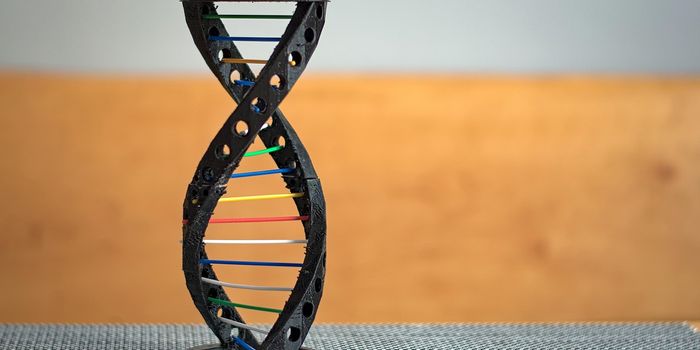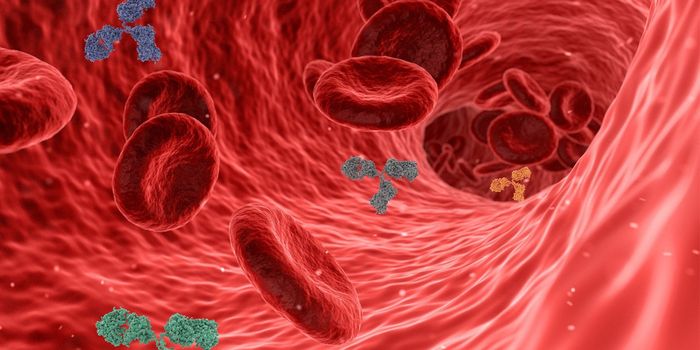Two Immune Guardians of the Brain Discovered
Most organ systems are protected by a cavalry of immune cells present in the circulation—but not the brain. Considered an immune-privileged site, the brain is shielded from these immune cells in order to avoid any potentially dangerous immune reactions.
There are, however, particular cellular sentinels that play central roles in making sure neurological processes run like clockwork. These resident immune populations of the brain are macrophages. They survey baseline neuronal activity, leap to the rescue upon sensing tissue damage, and also play a critical role in fetal brain development. Because of their important and diverse functions in the brain, neuroimmunologists have been interested in diving deeper into the biology of these complex cells.
A team led by Florent Ginhoux from the Singapore Immunology Network has made an important discovery in the field: There are actually two distinct subpopulations of macrophages in the brain. The research was published in Cell.
“People tend to think that all brain macrophages are the same,” said Ginhoux. “But recent studies have revealed that different types of macrophages reside in parts of the brain, surrounded by different types of cells that can confer completely different functions.”
Using a mouse model, Ginhoux and colleagues identified microglia, found within the brain tissue and a second cell type called border-associated macrophages, or BAMs. The latter was found to populate the membrane surrounding the brain. Previously, BAMs and microglia were thought to be one and the same, but the new data is proving this not to be the case.
The researchers found that microglia and BAMs fork into distinct pathways during the early stages of brain development, with only microglia requiring TGF-β to mature.
Another differentiating factor is that BAMs are more important in serving an immune function in the brain. This is a hot topic for scientists interested in understanding pathologies connected with brain inflammation, including Zika infections and Alzheimer’s disease.
“The next exciting thing we would like to work on is establishing what are the cues that make these cells to adopt one fate versus another in humans,” said Ginhoux who plans to develop a brain organoid model to glean more insights about BAMs in the future.









